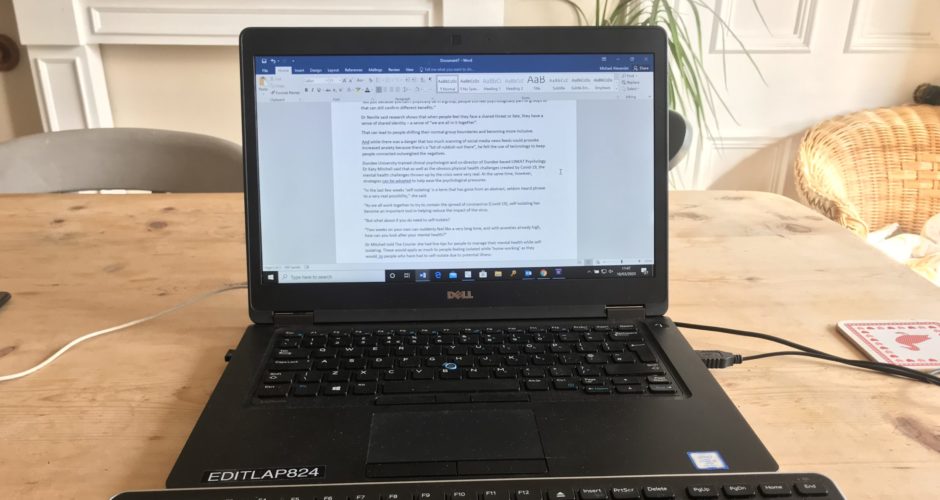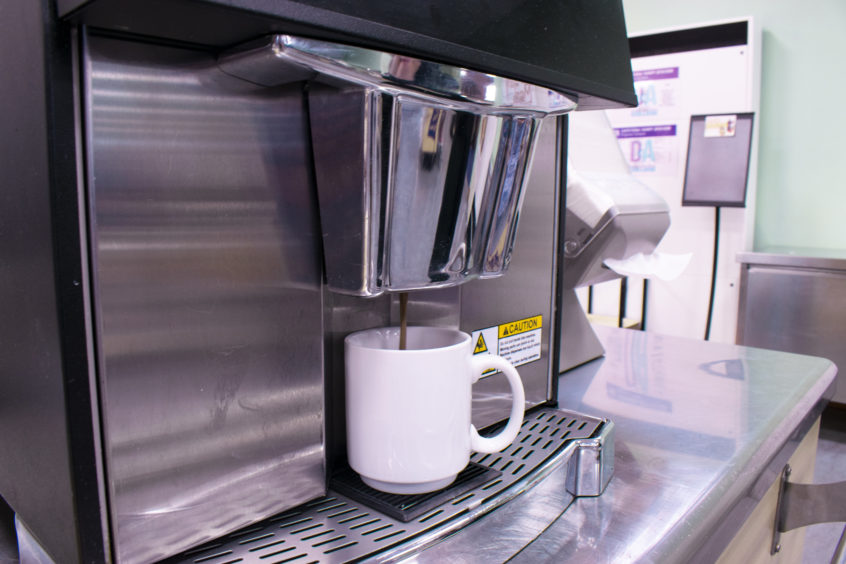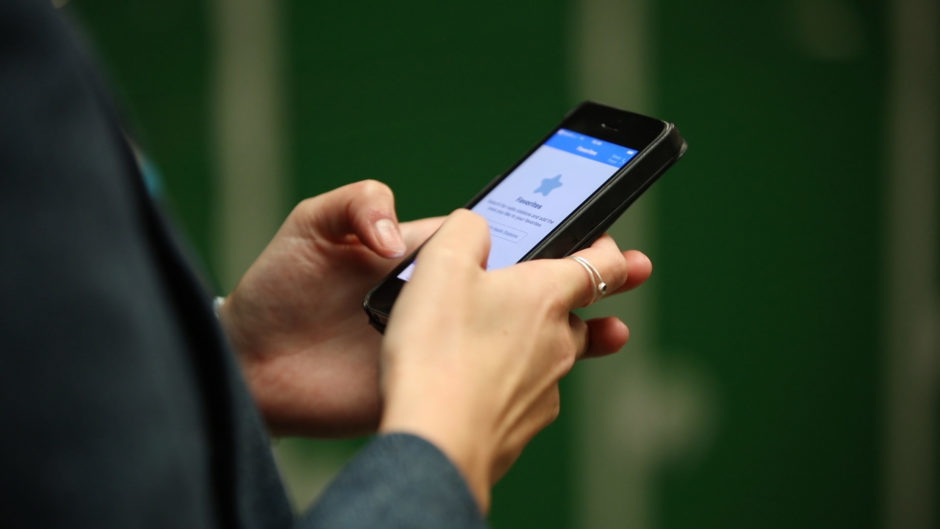As the Covid-19 crisis escalates, Michael Alexander investigates how the psychological impact of ‘self-isolation’ can be managed by lonely home-workers and those isolating because they might be ill.
It sounds like a dream come true for many workers.
Under ordinary circumstances, the opportunity to work at home can mean avoiding a stressful, often expensive and time-consuming commute and the opportunity to work more efficiently free from potential workplace distractions. It can help with work-life balance and, looking at the bigger picture, reduce congestion and environmental pollution.
But as the government urges those who can to work at home to reduce the potential spread of coronavirus, does the reality of working home alone for a potentially indefinite period bring its own problems?
How do workers deal with long-term isolation and loneliness, and is team cohesion and innovation undermined when workers work alone off a laptop rather than being together in an office?
For the population in general, as potentially thousands of people are told to ‘self-isolate’ if and when they come down with potential Covid-19 symptoms, what can people do to protect their own mental health amid worry for their own well-being and the health of family and friends?
Is there also a danger that becoming even more attached to social media instead of real people when isolated further fuels anxiety and stress?
St Andrews University social psychologist Dr Fergus Neville, who is a lecturer in organisational studies with the School of Management, said loneliness can “really be a killer”.
But just because people are physically separated does not mean they have to be psychologically separated.
If people can still be made to feel part of a group, then it gives them resilience which is good for both mental and physical health.
In the community this could be people setting up a WhatsApp or Facebook group to support neighbours, or football fans maintaining contact on their message boards despite the absence of games.
In the workplace, it could be “maintaining the social lubricant of the office” by setting up a Zoom group where home workers stop for coffee at a certain time each day and communicate via webcam.
“There’s a huge amount of evidence now to show the benefits of social groups for your health,” said Dr Neville.
“We call it the social cure. This idea that the more groups you belong to, the better it is for your both your mental wellbeing but your physical health as well.
“There’s a popular narrative that groups are bad for you. In popular psychology, groups have been seen as the root of all evil whether that’s riots, or irrationality, and you get these things about panic buying just now as well. Popular narratives say that when people come together in physical groups they become more selfish individuals.
“But that is not what the empirical evidence says. Actually, groups can really be the solution.
“I think the fact that people are having to be isolated physically is a real worry for health.
“But just because you can’t physically be in a group, people still feel psychologically part of groups so that can still confirm different benefits.”
Dr Neville said research shows that when people feel they face a shared threat or fate, they have a sense of shared identity – a sense of “we are all in it together”.
That can lead to people shifting their normal group boundaries and becoming more inclusive.
And while there was a danger that too much scanning of social media news feeds could provoke increased anxiety because there’s a “lot of rubbish out there”, he felt the use of technology to keep people connected outweighed the negatives.
Dundee and Edinburgh University-trained clinical psychologist Dr Katy Mitchell, who is a Fife-based co-director of Linkat Psychology which operates across Dundee and Fife, said that as well as the obvious physical health challenges created by Covid-19, the mental health challenges thrown up by the crisis were very real.
At the same time, however, strategies can be adopted to help ease the psychological pressures.
“In the last few weeks ‘self-isolating’ is a term that has gone from an abstract, seldom heard phrase to a very real possibility,” she said.
“As we all work together to try to contain the spread of coronavirus (Covid-19), self-isolating has become an important tool in helping reduce the impact of the virus.
“But what about if you do need to self-isolate?
“Two weeks on your own can suddenly feel like a very long time, and with anxieties already high, how can you look after your mental health?”
Dr Mitchell told The Courier she had five tips for people to manage their mental health while self-isolating. These would apply as much to people feeling isolated while ‘home-working’ as they would to people who have had to self-isolate due to potential illness:
TIPS
· Keep active – “Depending on where you live – and who you live with – the space you have while self-isolating will vary. You might have your usual living space, or you could be stuck in one room. Either way, keeping physically active is important. Of course if you start to experience symptoms and feel unwell, managing your physical health is most important and rest is key to recovery, but keeping mobile plays an important part in staying well.”
· Keep in touch – “Physical self-isolation doesn’t have to mean completely shutting yourself off from the world for two weeks. While a video call, webchat, or messaging doesn’t feel quite the same as chatting in person, keeping in touch with friends and family while self-isolating is really important. We know that social contact is highly beneficial for your mental health and isolation has been identified as a key contributing factor to depression, physical inactivity, and poorer self-rated health.”
· Keep doing things you enjoy – “In therapeutic terms, doing things you enjoy – or what we might call behavioural activation – is an essential component of treatment in improving mental health. It’s equally important for staying well. There are a number of reasons why doing things you enjoy improve your mood, and most are linked with the sense of reward and positive emotion from engaging in a task you enjoy, as well as the benefits of focusing your mind on the task at hand.”
· Keep calm – “Worry and stress are natural responses to situations we perceive as concerning or dangerous. At the moment, many people are worried about how Covid-19 is going to impact them. A little bit of stress is not a bad thing – this is what prompts us to pay attention to good advice (wash your hands!) and take appropriate precautions to protect our health and the health of others. However, too much stress can have a detrimental effect on both your body and your mind. Physical activity, social contact, and keeping busy, as discussed above, are key elements in staying calm.”
· Keep challenging unhelpful thoughts – “Whenever we are worried, it’s easy to slip into habits of unhelpful thinking. We all do this from time-to-time, but unhelpful thinking styles don’t help us to problem solve or cope with what we’re facing – instead they just leave us feeling worse. Common types of unhelpful thinking include catastrophising (imagining the worst), all-or-nothing thinking, or having a mental filter – where we focus on negative parts of a situation at the expense of any positives. The first step is being aware of them. When challenging thoughts it can be useful to write things down; it helps you to focus on the thought and challenge it more effectively.”
















